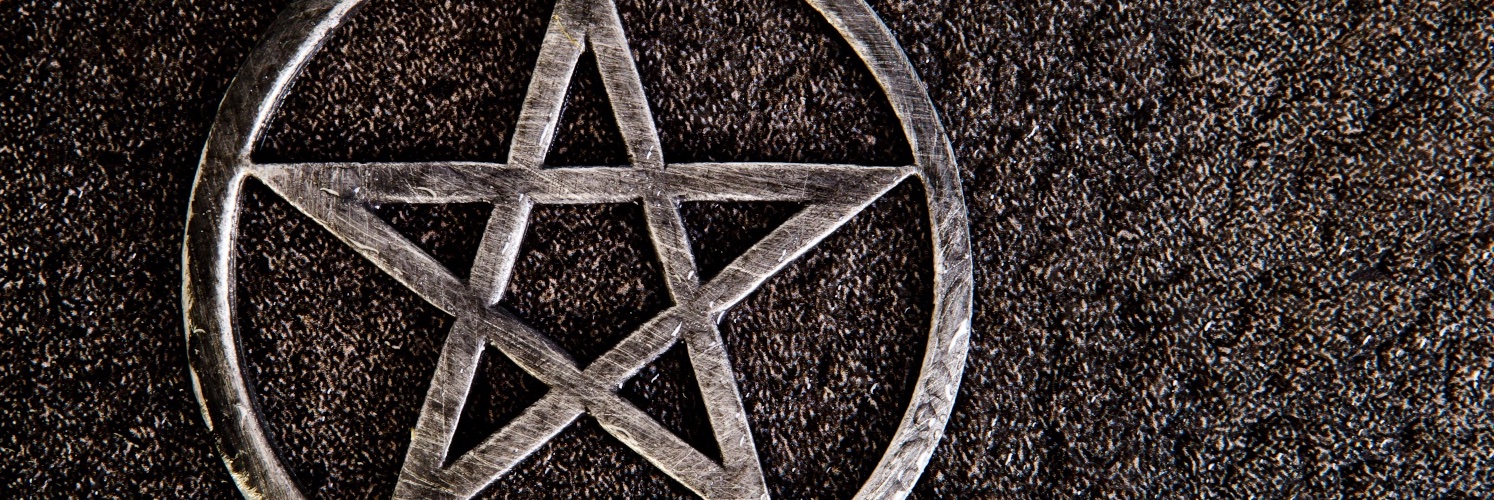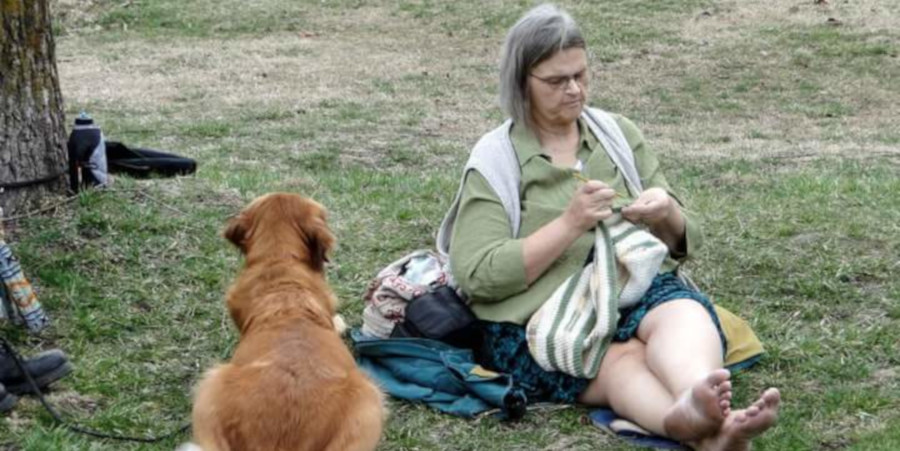Susan had a rule. In the mornings, no one said anything to anybody — not even “good morning” — until after the first cup of coffee was consumed. It was a rule she brought with her from Short Mountain Sanctuary, a Radical Faerie intentional community in Tennessee that she’d been involved with for a couple of decades. The idea behind it was that some people’s mornings weren’t even remotely good until a certain amount of caffeine had been consumed, so in order to cut down on hurt feelings and misunderstandings arising from the flaring of short tempers in the morning, coffee was a necessary prerequisite to conversation.

Coffee was made in a single-serve French press that Susan would load with three times the recommended dosage of Sumatran dark roast and slowly fill with water that had boiled on the stove then cooled to about 160 degrees, which was the optimum temperature for extracting plant oils without destroying them. I was reasonably assured of this information’s accuracy. Susan was a master herbologist and familiar with the basics of extracting the volatile constituents from roots, flowers, leaves, and seeds. In any case, it made for excellent coffee with a thin but distinct crema reminiscent of espresso.
Susan was a firm believer in clean eating. She went for natural products at the minimum, organic if possible and affordable. She didn’t use prepackaged creamers but instead went for heavy whipping cream from the local dairy. Sometimes she’d skimp and get half-and-half, but most of the time, she used the good stuff. She’d load her coffee in a jumbo mug and add probably a quarter-cup of cream but no sugar. She wasn’t morally opposed to sugar; she just didn’t like it. Then she’d take her coffee and roll herself a cigarette and go out onto the porch to smoke and drink and wake up.
She always started the day early. Usually, she’d roll out of bed at six in the morning and begin her morning routine. After her first cup of coffee and a cigarette, she’d shuffle back in to the kitchen for breakfast, which was Greek yogurt with honey, or cottage cheese with butter-flavored soda crackers. A second cup of coffee and a collection of nutritional supplements — taurine, tyrosine, vitamin D, fish oil — completed the morning meal. That first hour of the day was about the slowest I ever saw her move despite her shattered kneecaps and neuropathy. Once she was awake and fueled, she would turn her attention to cooking breakfast for the rest of the household — bacon, eggs, biscuits, gravy, and sausage — and then head on to whatever land management project she was currently working on. Off she’d go into the sunlight to burn, weed, transplant, harvest, or break ground on one patch of garden or another.

In the afternoons, Susan would come shuffling for more coffee, another cigarette, and food prep for the evening meal. We’d sit on the back porch chopping celery or potatoes and discussing current events or theology or practical magic. “Righteousness is a patriarchal construct,” she’d tell me. “Pagan philosophy isn’t concerned with convincing others that our reality is the correct one. It is concerned with maintaining the integrity of the shared reality we all participate in.” There was also my own apprenticeship as a priestess to be considered. “Magical hygiene is of the utmost importance for a priestess. Purify before entering circle. Purify after doing magic. Purify after an illness. Purify after visiting people who tax your resources. Keep your personal space clean. Clean spaces don’t collect negative energy.” The talk would always outlast the coffee, cigarettes, and kitchen work, and it was never really over. We just found a convenient stopping point after an hour or so. We’d go back inside and Susan would turn our chopped vegetables into something delicious for dinner. She was a compulsive cooker. We were never without coffee, cookies, and quickbreads, and there were always plenty of leftovers for snacks and lunches.
After dinner had been eaten and the table had been cleared, the Tarot deck would come out. Susan always made sure there was a candle lit and nag champa burning when she performed divination. On really serious occasions, she’d add a dish of salt and a cup of water to the arrangement, calling on the powers of all four elements. She’d throw the cards on whatever topics caught her fancy and we’d discuss the various interpretations. Sometimes the cards were ambiguous and needed clarification, in which case we’d consult one of her reference books. Other times they were clear as day and it was as if the Goddess was talking directly to us, dispensing down-to-earth sisterly advice on how to deal with people or what course of action to take. Afterwards, the battered old Rider-Waite would go back in its hand-crocheted pouch and Susan would put it on the altar to rest.

You can tell a lot about a witch by the state of her altar. Susan’s was small and cluttered, but each item had a specific purpose for being there. Millennial Gaia by Oberon Zell was the centerpiece. In front of that was a thick-cut round of petrified wood that had a vaguely five-pointed shape in the middle. Nearby that was an inch-tall brass miniature of Ganesha that Susan had found on a sand bar in the Buffalo River in The Middle Of Nowhere, Arkansas, in the ‘70s. It was probably the only item that had been with her for her entire life as a witch, and it was her dearest possession. There was a glass chalice that was always filled with salt water, a brass incense burner with a pile of ash around it, various herbs that had been brought in from the garden to dry, and some representation of the season.
At the back of the altar was the ancestor plate. It was a black and white with a lacy print on it. It came from Hobby Lobby, which Susan thought was just perfect for her uses. She could think of no more fitting way to pervert the intentions of dominionist patriarchy than by using wares from a Christian store for witchcraft. At Samhain and at every dark moon, we’d take the plate off the altar, fill it with food from the table, and put it on the front porch for the ancestors. It’s a tradition I continue when circumstances allow, and I know that one day, hopefully far from now, in addition to a plate of food, I’ll be leaving a cup of Sumatran dark roast with heavy whipping cream and no sugar.
Not all of our ancestors, after all, are bound to us by blood.
Susan Jayne Martin Stoddard – affectionately and reverently known as Sasa – was born November 9, 1958, in Russellville, Arkansas, and died December 21, 2019, in Little Rock, Arkansas. She was solemnly installed as an Ancestor of the Conclave Tradition at Imbolc 2020, and her teachings and memory live on in all those who knew her.
Fly free, Sasa. Let me know what those asteroids are made of.

